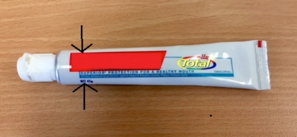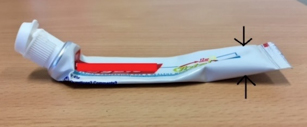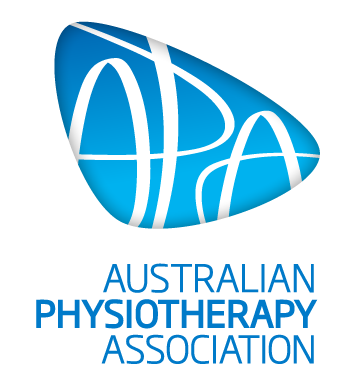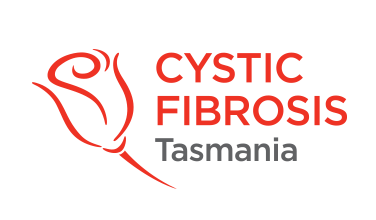MENU
Forced Expiration Technique and Huffing
FORCED EXPIRATION TECHNIQUE (HUFFING)
Changing the way the air goes out
To move mucus there needs to be enough airflow (movement of air) over the mucus to unstick it from off the walls of the airways and up towards the mouth. Care must be taken not to force the air out too hard as this can cause the airway to narrow and sometimes close. It can also cause early or uncontrolled coughing which doesn’t help with clearance of mucus from the smaller airways. Some techniques to assist with airflow out of the lungs include huffing (forced expiration techniques). You can learn more about this in the Forced Expiration Technique section .
Huffing: This is one of the most important things to understand, learn and practice when performing airway clearance. Huffing involves taking a breath in followed by an active or forced expiration (breath out) with your throat (glottis) open. This action creates a controlled squeezing of the airways and faster airflow that helps move mucus up the airway. To do a huff you need to take a breath in and breathe out fast enough with an open “0” shaped mouth as if to fog up a mirror. If you have an open throat and an open mouth with your head upright, the sound of the huff will be an open sound. If your huff sounds wheezy and tight, it may mean you are being too forceful causing closing or shutting down of your airways. If this is the case you will need to adjust the speed, and force of your breath out and/or your head and mouth position. Sometimes it is helpful to use a circular tube supplied by your physiotherapist to assist in the huffing technique. Place the tubing into your mouth and perform the huff while the tubing is in place. You can use a tissue at about 20cm from your mouth to see if you are creating a useful flow of air out. The tissue should float up into the air and stay there for the duration of the huff. The better the flow of air out with the huff, the better your ability to move secretions up towards your mouth to clear easily. A clearing cough can be performed after a series of huffs if the secretions are now moved to large enough airways to cough out easily.
You may need to do a series of huffs to move secretions up towards the mouth. You can actually target different parts of your lungs with different types of huffs which can be helpful to find where the mucus is. If you can’t feel or hear any secretions, try to do your huff from lower down by breathing all the way out then taking a normal size breath in and huff from this lower breath volume. Your huff will sound a lower pitch than a normal huff. If you feel like you have some secretions but they are not ready to be shifted out as they are “too far away” from your upper airways and mouth, a normal sized huff is your best option. If your secretions are up high and you can hear catching of mucus when you breathe out, you need to do a higher volume huff, which is a strong huff after a big breath in.
You make be able to work with your physiotherapist, and with a lot of practice, try to feel where your secretions are before you do your huff and do your huff from the level of where the secretions are sitting in your lungs.
Imagine one of your airways is a tube of toothpaste and your mucus is the toothpaste
If you have toothpaste (mucus) right at the top of the tube (airway) you can squeeze the top of the tube (airways) and easily move the toothpaste (mucus). This is the same in the lungs. If you have mucus at the top of the lungs you can easily move it by performing a high-volume huff. This involves taking a deep breath and forcefully exhaling with the glottis (throat) open.

However, if you have toothpaste (mucus) at the very bottom of the tube (airway) and try to squeeze the top of the tube (airway) you will not get any toothpaste (mucus). To move the toothpaste (mucus) at the bottom of the tube (airways) you need to squeeze from the bottom and move it up higher in the tube (airway). To squeeze the tube (airway) from the bottom you need to perform a low volume huff.

Low volume huffing involves taking only a small breath in and then gently but actively exhaling through an open mouth until you can’t breathe out further. You can liken it to breathing out like you are fogging up a mirror. Your lungs may give you some feedback if your huffs are working and there is mucus present. The feedback may sound like a crackling sound at the end of your breath out. When you start to hear some mucus movement just as you breathe out it is a sign that the mucus has moved further up your airway and you should increase the volume of your huff.
Mid volume huffing involves breathing in up to a moderate volume and exhaling through an open mouth at a slightly faster rate than a low volume huff. You also don’t need to breathe out right until the end of the breath. Similarly, when you start to hear crackling or similar feedback in the earlier parts of your breath out, it is a sign that the mucus has moved further up the airway and you should increase the volume of your huff.
High volume huffing involves breathing in up to a large volume and breathing out through an open mouth at a fast rate. It is a much shorter and sharper exhalation and should be reserved for when the mucus has moved up high and is almost ready to be coughed out.
Your physiotherapist can guide you about the most optimal way to include these techniques into your airway clearance routine.









